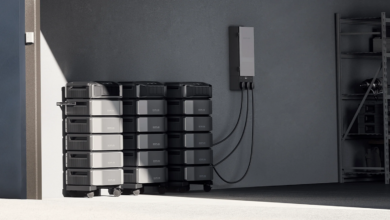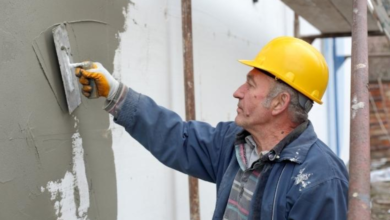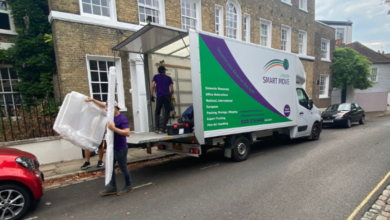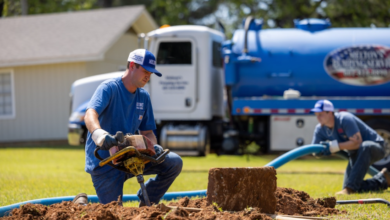Outdoor Artificial Turf for Dogs: The Ultimate Guide for Pet-Friendly Lawns
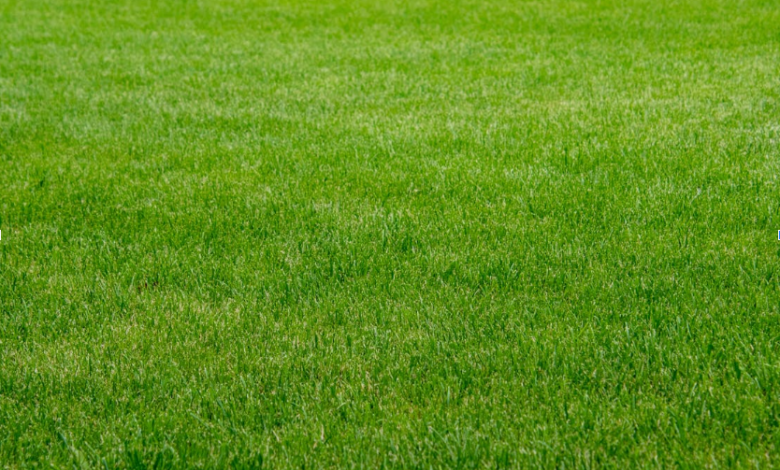
For many pet owners, a lush, green lawn is not just a part of their home’s curb appeal—it’s also a space where their dogs play, exercise, and relax. But maintaining natural grass with dogs around can be a real challenge. From muddy paw prints and yellow patches caused by urine to holes dug in the yard, keeping grass healthy often feels like a losing battle. That’s where outdoor artificial turf for dogs comes in.
Artificial grass designed for pets has become one of the most practical and popular solutions for homeowners who want a clean, safe, and durable lawn that stands up to the wear and tear of active dogs. In this article, we’ll dive deep into the benefits, features, installation process, costs, and maintenance tips for outdoor artificial turf for dogs.
Why Natural Grass and Dogs Don’t Mix Well
Before exploring solutions, it’s worth understanding why traditional grass struggles in pet households:
- Urine damage: Dog urine contains nitrogen and salts that burn natural grass, leaving unsightly yellow patches.
- Digging habits: Many dogs dig instinctively, creating bare spots and holes in the yard.
- Mud problems: Natural lawns turn muddy after rain, leading to dirty paws and messy interiors.
- Maintenance load: Frequent mowing, fertilizing, and reseeding are needed to keep up with pet-related wear and tear.
Artificial turf eliminates these headaches while offering a long-lasting, pet-friendly alternative.
Benefits of Outdoor Artificial Turf for Dogs
1. Durability Against Play and Digging
Pet turf is designed with tough fibers and reinforced backing that withstands heavy use, scratching, and digging without tearing apart like natural grass.
2. Mud-Free and Mess-Free
With proper drainage, artificial grass dries quickly after rain, meaning no muddy paws or dirt tracked into the house.
3. Odor Control
High-quality turf systems include antimicrobial properties and efficient drainage to minimize odors from urine. Combined with proper cleaning, your yard stays fresh.
4. Safe and Non-Toxic
Pet turf is manufactured using non-toxic materials, making it safe for dogs to roll, chew, or play on without risk of harmful chemicals.
5. Low Maintenance
Say goodbye to mowing, watering, and fertilizing. Artificial turf only requires occasional cleaning and brushing.
6. Year-Round Green Lawn
Unlike natural grass that browns during hot summers or cold winters, artificial turf stays green and lush all year long.
See also: Why Every Homeowner Prefer Professional Gutter Cleaning
Key Features of Dog-Friendly Artificial Turf
Not all synthetic grass is suitable for pets. When selecting turf for dogs, look for these features:
- Short pile height (1–1.25 inches): Provides comfort for dogs while ensuring easy cleanup.
- Permeable backing: Allows urine to drain quickly, preventing puddles and odor buildup.
- Antimicrobial infill: Sand or zeolite infill helps neutralize odors and bacteria.
- Heat resistance: Some turfs are engineered to stay cooler under direct sunlight.
- Durability rating: Check manufacturer recommendations for high-traffic or pet use.
Installation Process of Outdoor Artificial Turf for Dogs
Proper installation is crucial for durability and functionality. Here’s how a pet turf installation typically works:
Step 1: Site Preparation
- Clear existing grass, rocks, and debris.
- Excavate soil to a depth of 3–4 inches to make room for the base.
Step 2: Base Construction
- Spread crushed stone or decomposed granite across the area.
- Compact with a plate compactor to create a solid foundation.
- Ensure slight grading for proper drainage.
Step 3: Weed Barrier
Install a geotextile fabric to block weed growth beneath the turf.
Step 4: Lay the Turf
- Roll out turf and let it rest in the sun to relax wrinkles.
- Trim edges to fit precisely.
Step 5: Secure and Seam
- Use seam tape and adhesive to join turf sections.
- Anchor edges with landscape nails or staples.
Step 6: Infill Application
- Spread antimicrobial sand or zeolite infill to control odors and stabilize turf fibers.
- Brush fibers upright with a stiff broom.
Step 7: Final Touches
Install edging or borders to keep the turf secure. Test the area with pets to ensure comfort and playability.
Cost of Outdoor Artificial Turf for Dogs
The cost depends on yard size, turf quality, and installation method. On average:
- DIY installation: $6–$12 per square foot
- Professional installation: $12–$20 per square foot
- Premium pet-specific turf systems: $20–$30 per square foot
For a medium-sized backyard (500 sq. ft.), expect costs between $6,000 and $10,000 with professional installation. Though the upfront cost is higher than sod, the long-term savings in water bills, lawn care, and repairs make it a smart investment.
Maintenance Tips for Pet Turf
Artificial grass for dogs is low maintenance, but regular care keeps it clean, odor-free, and long-lasting.
- Rinse regularly: Hose down turf to flush out urine and dirt.
- Spot clean waste: Pick up solid waste immediately and rinse with mild soap and water.
- Use odor neutralizers: Enzyme cleaners or zeolite infill help manage lingering odors.
- Brush fibers upright: Keeps turf looking fresh and prevents matting from pet traffic.
- Check edges and seams: Ensure they remain secure, especially if your dog likes to dig.
With proper care, pet turf can last 15 years or more.
Addressing Common Concerns
1. Does Turf Get Too Hot for Dogs?
Artificial grass can heat up in direct sunlight. To mitigate this:
- Choose turf with heat-reflective technology.
- Use shade structures or trees.
- Hose down turf before play on extremely hot days.
2. Is Artificial Turf Safe for Puppies?
Yes. Pet turf is designed with non-toxic materials. Puppies can safely run, roll, and chew without risk.
3. What About Drainage During Heavy Rain?
High-quality turf systems have permeable backings that allow water and urine to pass through quickly. Properly installed bases ensure no puddling occurs.
Eco-Friendly Advantages
Pet-friendly artificial turf offers several sustainability benefits:
- Saves thousands of gallons of water each year.
- Eliminates need for pesticides and fertilizers, protecting the environment.
- Reduces carbon emissions from lawn equipment.
- Many turf systems are made with recyclable materials.
For eco-conscious homeowners, pet turf is a smart choice that balances functionality and sustainability.
Applications Beyond Backyards
Artificial grass for dogs isn’t limited to residential lawns. It’s also used in:
- Dog parks: Durable enough to handle high traffic.
- Pet boarding facilities: Provides clean, low-maintenance outdoor play areas.
- Veterinary clinics: Safe and hygienic surfaces for recovery or exercise.
- Balconies and patios: Great solution for apartment dwellers with pets.
Final Thoughts
Outdoor artificial turf for dogs offers the perfect blend of durability, cleanliness, and year-round beauty. It eliminates the problems of mud, dead patches, and constant maintenance associated with natural lawns, while providing a safe, comfortable, and odor-controlled play surface for your pets.
Whether you’re a homeowner tired of dealing with a damaged lawn or a facility manager looking for a reliable play area, artificial turf is a smart investment that improves quality of life for both dogs and their owners. With the right turf selection, professional installation, and simple upkeep, you can create a pet-friendly outdoor space that lasts for years to come.
